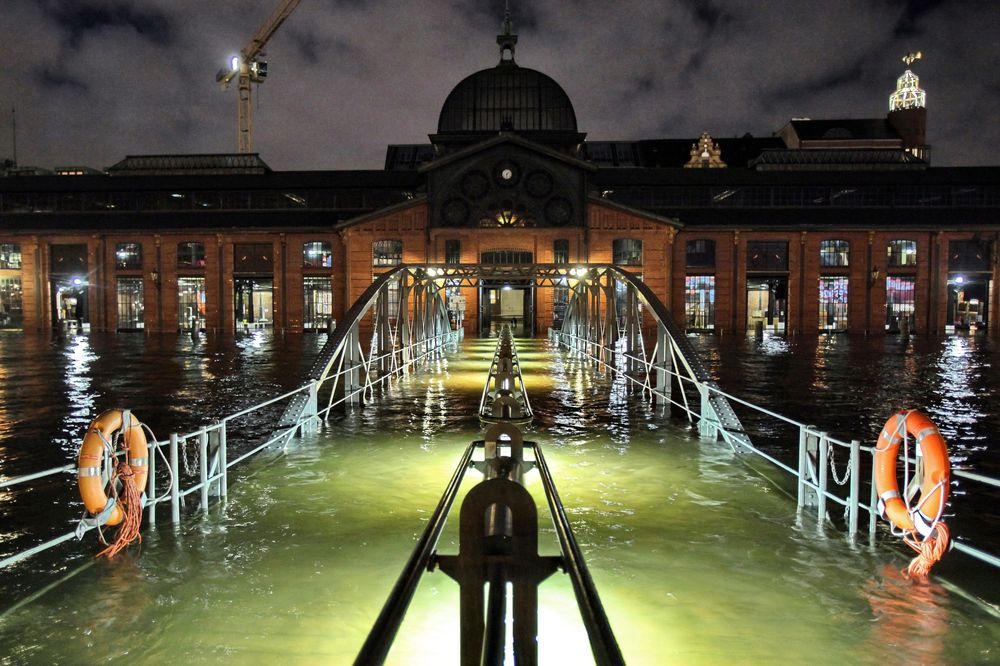
Michael Schaper, head of Hamburg’s storm surge security team, gestures to a road that passes over a nearby bridge and across the harborside HafenCity district.
“Do you see how it gradually rises?” he says. “The fact that the street level is just a few meters higher over there means it will be flood-protected for the next century.”
Schaper is referring to a 157-hectare, semi-artificial island on the banks of the River Elbe in the German port city, which experts describe as one of the world’s most innovative urban flood protection systems — even though it uses a technique that’s millennia-old.
Touted by its developers as “a blueprint for the new European city on the waterfront,” HafenCity is a once-derelict harbor district that’s now filled with striking new buildings, including solar-powered apartment blocks and the 866-million-euro Elbphilharmonie concert hall, a mass of shimmering glass shaped like a giant wave that was designed by architectural firm Herzog & de Meuron. When HafenCity is fully complete, the massive development zone — a mix of affordable and market-rate housing complexes, office buildings and cultural spaces — will house 15,000 residents and 45,000 workers.
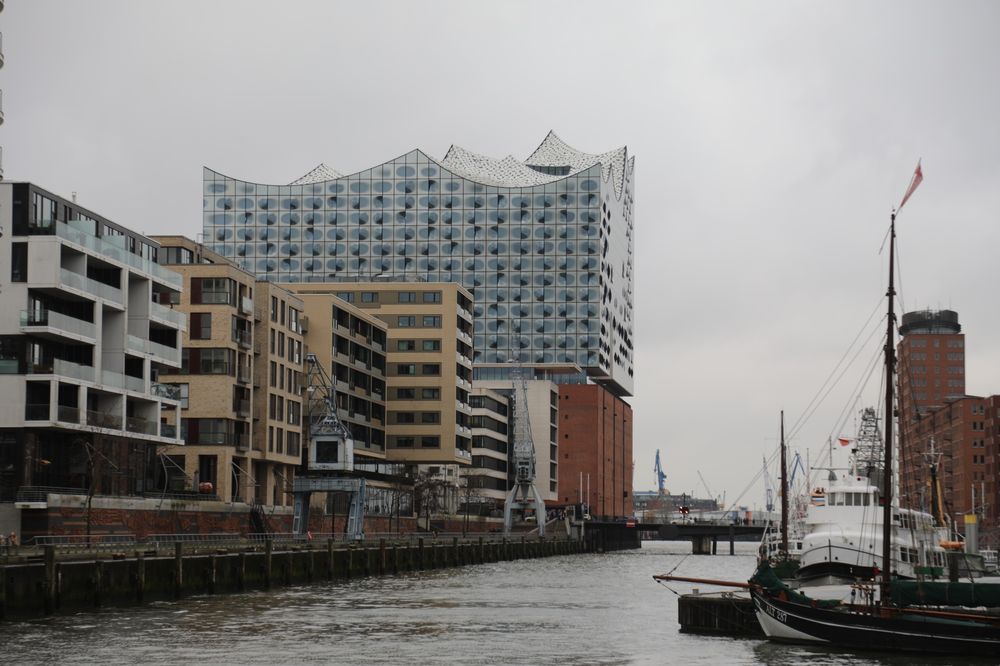
But beyond the glitz, Hamburg’s focus on adaptability and multi-functional design are why the district and the city around it are being championed as a model for climate change resilience.
“HafenCity is outside of the dike line, which is the city’s main flood defense,” says Schaper, referring to the 103 kilometer-long dike that has protected Hamburg for decades. “But as our population grows and the weather becomes more and more extreme, we need to find new solutions for how to safely expand.”
Officially established in 2008, much of HafenCity is built on top of an artificial sand terrace, known as a terp, that lofts new construction, roads and public spaces 7.8 to 8.5 meters above the high-tide line. Some older buildings, including the district’s UNESCO-protected red-brick Speicherstadt warehouses that date back to the 1880s, remain at their original lower level, but they have been hardened to withstand occasional inundation, with direct exits to the upper level and reinforced windows and other forms of waterproofing below. Public promenades along the riverside are likewise designed to be floodable.
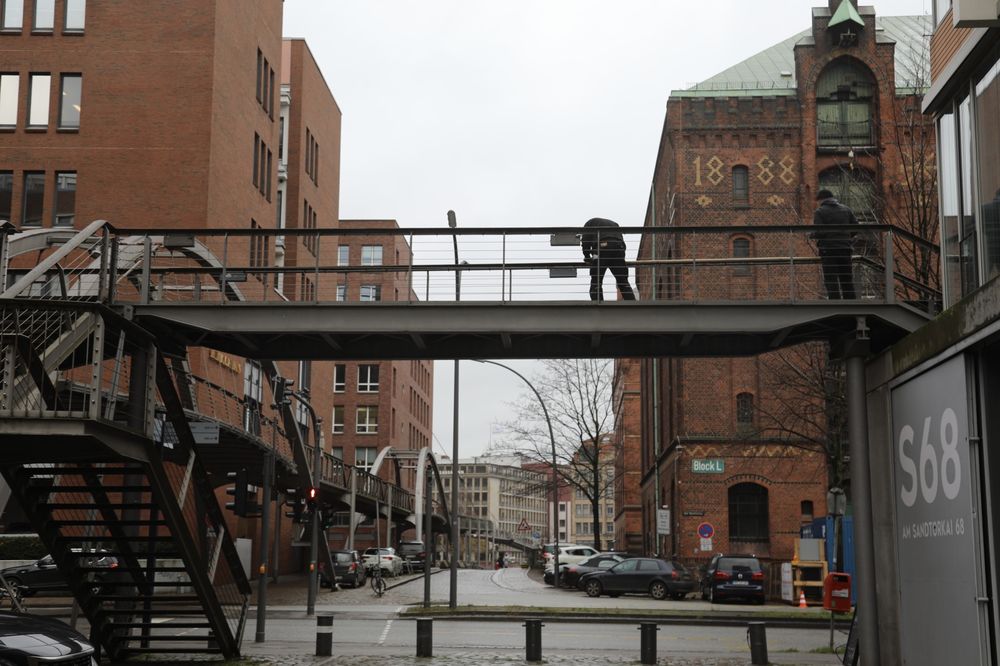
It’s a dramatic example of how a city can plan new development around the certainty of future flooding. While Hamburg sits more than 100 kilometers from the North Sea, its lowlands are vulnerable both to storm surges and heavy rainfall. About 45% of the city, where 326,000 of the city’s 1.8 million inhabitants live, would regularly flood if there were no defenses, according to Gabriele Gönnert, a professor at the Institute for Geography at the University of Hamburg.
To protect the city, Hamburg long relied on a dike system. But that defense was breached, spectacularly, in February 1962, when storm front Vincinette swept over the north German coast and along the Elbe. The dike failed at 63 locations, submerging almost one-fifth of the municipality and killing 315 people. For three days, the city was without electricity, gas or telephone connection.
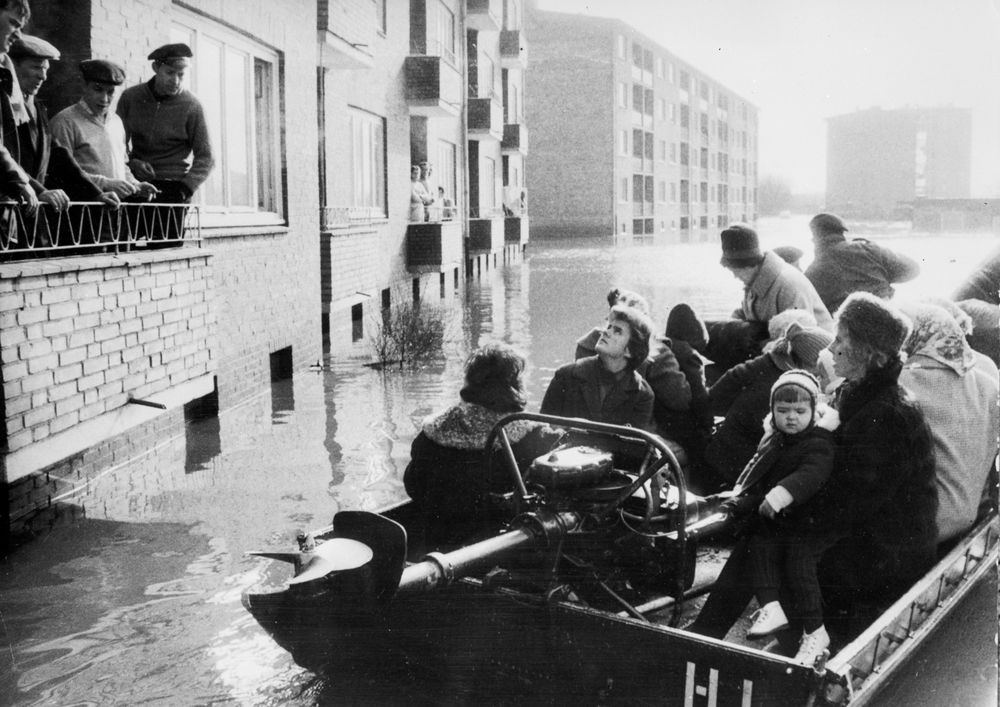
As a consequence, much of Hamburg’s city center and suburbs are today surrounded by a newer dike, 25 kilometers of which is seawall and 78 kilometers of “green wall” covered in vegetation. A dike defense organization of 300 members carries out patrols and checks the conditions, using a stock of 190,000 sandbags to temporarily reinforce it if necessary. Extending the dike around HafenCity, however, was deemed impossible due to environmental and logistical challenges. Locks, for example, would have needed to be built to keep the diked canals navigable, which would be costly and leave little room for shared public spaces.
Instead, HafenCity’s designers turned to a time-tested alternative: the terp. Based on an ancient Dutch technique for building atop artificial mounds, the practice predates the modern era of seawalls. “It’s a very old system,” says Gönnert. “But bringing it to a dense urban area with modern architecture is new. Nowadays we are able to protect the city against storm surges and sea level rise in a very safe way. Sea level rises will become greater after 2100, but we have research and working groups to find new defenses. In the old times, we simply reinforced the dikes. But now we need to be creative.”
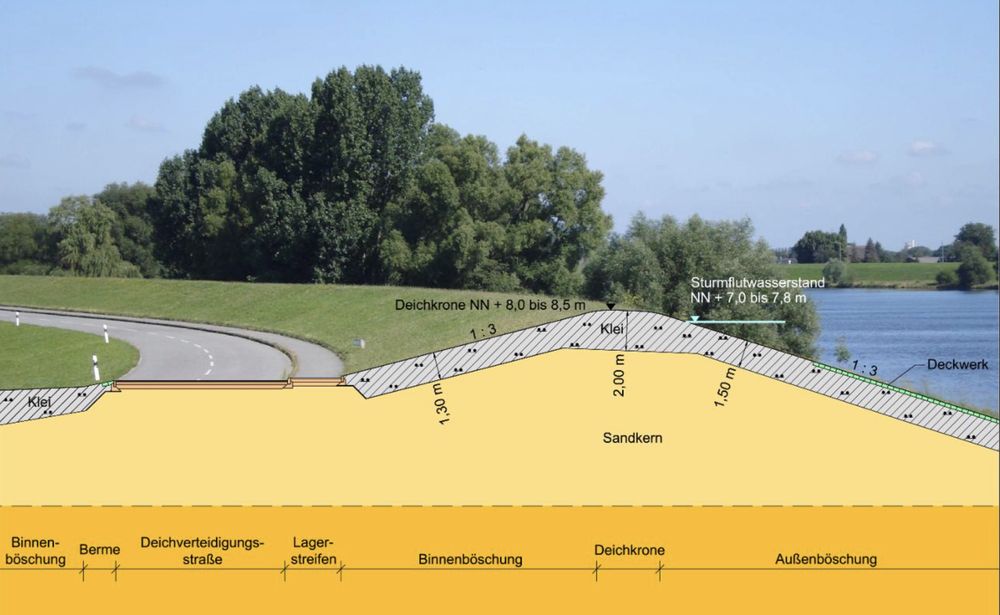
With roads and public spaces safely elevated, frequent floods are more easily tolerated by residents and visitors; even between October and May when the Elbe is liable to overflow its banks, life is largely unaffected. Promenades only briefly flood and raised bridges ensure emergency services always have access.
The concept of living with water rather than attempting to wall it off is also in place elsewhere in Hamburg. The 300-year-old St. Pauli Fishmarket, located on a small section of low-lying land at the foot of a hill, is allowed to flood when storm surges occur. In the less densely-populated Altona suburb, houses close to the water’s edge have reinforced windows and flood protection doors. Since 1962, there have been eight storm surges with peak water levels higher than in February 1962, but none have caused serious damage.
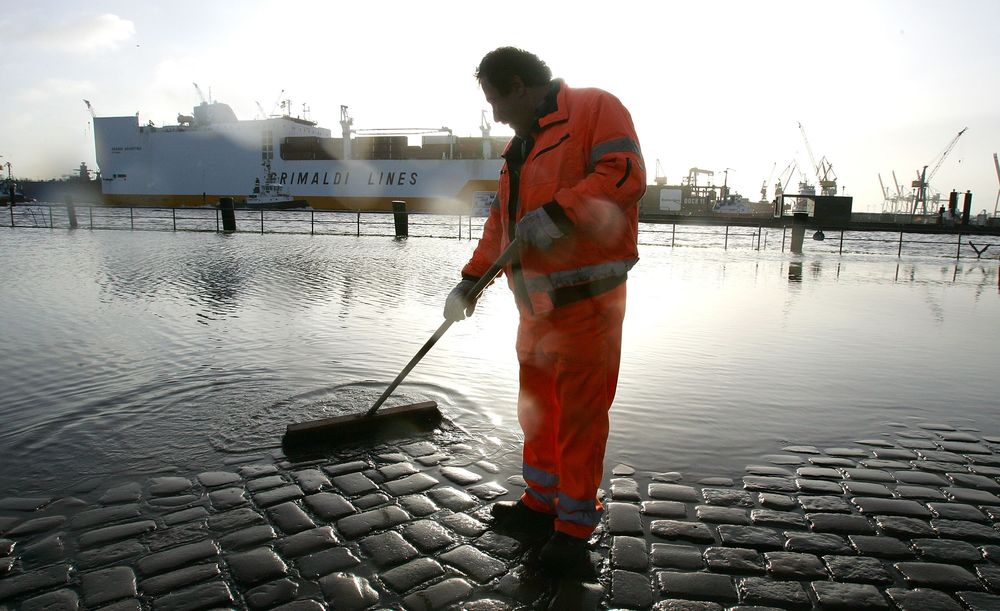
Cities globally are in the process of figuring out how negotiate sea level rises and more frequent flooding due to the effects of climate change. A 2019 report by the Intergovernmental Panel on Climate Change (IPCC) forecasted that by the end of the century, sea levels could be 1.1 meters higher and severe floods would be routine in low-lying cities. According to analysis by C40 Cities, if emissions don’t decrease, 800 million people living in 570 cities will be vulnerable to a 0.5 meter rise by 2050.
Gönnert warns that the onset of extreme weather events makes the job of authorities more challenging. “It’s more difficult to forecast the flooding due to rain because of climate change,” she says. “So if, like in the summer of 2018, it is very hot for several days followed by strong rainfall, the water will not soak into the ground. The streets become flooded and the river level becomes very high in a short time.”
Supercharged rain events are already playing havoc with parts of Europe: Catastrophic floods swept across western Germany in July 2021, killing 166 people, in what was called a “once in 400-year event.” A study published in August found that due to climate change the floods were 1.2 to 9 times more likely now than they would have been more than a century ago. The scientists said that record rainfall led to the flooding, including 3.5 inches over 24 hours in the Ahr and Erft river valleys.
“Nobody expected it,” says Enno Nilson, a scientist at the German Federal Institute of Hydrology (BFG), who was part of the team of researchers. “It was a surprise and shock for all of us. It still is now. This is why climate change must be an essential part of risk assessment when it comes to urban planning.”
“It’s very forward-thinking. It’s a tourist attraction and a flood defense at the same time.”
Stefan Al, a Dutch urban designer and author of Adapting Cities to Sea Level Rise: Green and Gray Strategies, says that cities, as Hamburg has demonstrated, must go beyond standard engineering solutions like seawalls and take approaches that are nature-based, sensitive to local communities, and integrated with the public realm.
“As cities build more infrastructure to adapt to climate change, they must go beyond short-term flood protection and consider the long-term effects on communities, their economy and their relationship with the water,” says Al. “The uncertainties of climate change and population growth means it must be a flexible protection system.”

Increasingly in cities, he says, simply reinforcing flood protection structures like dikes can cause environmental problems and devour much-needed urban space. Instead, adaptation strategies should focus on flexible, multi-use designs that are nature-based. Crucially, as well as providing flood protection, HafenCity’s terp preserves the public’s access to the water, integrating flood defense with urban planning. As does the Zaha Hadid-designed promenade, lined with restaurants, that runs above the dike on the city’s Niederhafen waterfront.
“It’s very forward-thinking,” says Al. “It’s a tourist attraction and a flood defense at the same time. It’s a pleasure to walk along, the steps can be used as an amphitheater, and you can even cut the cost of flood protection using the real estate built into it.”
But neither dikes nor terps can offer absolute protection against storm surge disasters, according to Schaper. In some cases, good communication and quick responses are the best defense. To avoid the kinds of fatalities seen in 1962, the Hamburg Storm Surge Warning Service sets off sirens and broadcasts radio announcements ahead of storms, for example, while a city-run digital map lets residents see where floods are most likely after heavy rainfall.
Faced with evolving challenges, Hamburg’s flood adaptation is ongoing: The city expects to invest up to 1 billion euros in new protections over the next 50 years.
“There is no 100% safety from the dangers of flood and storm surge,” says Schaper. “Today we are very happy, but we don’t know what will happen in 100 years. It’s a permanent task, from one generation to the next.”